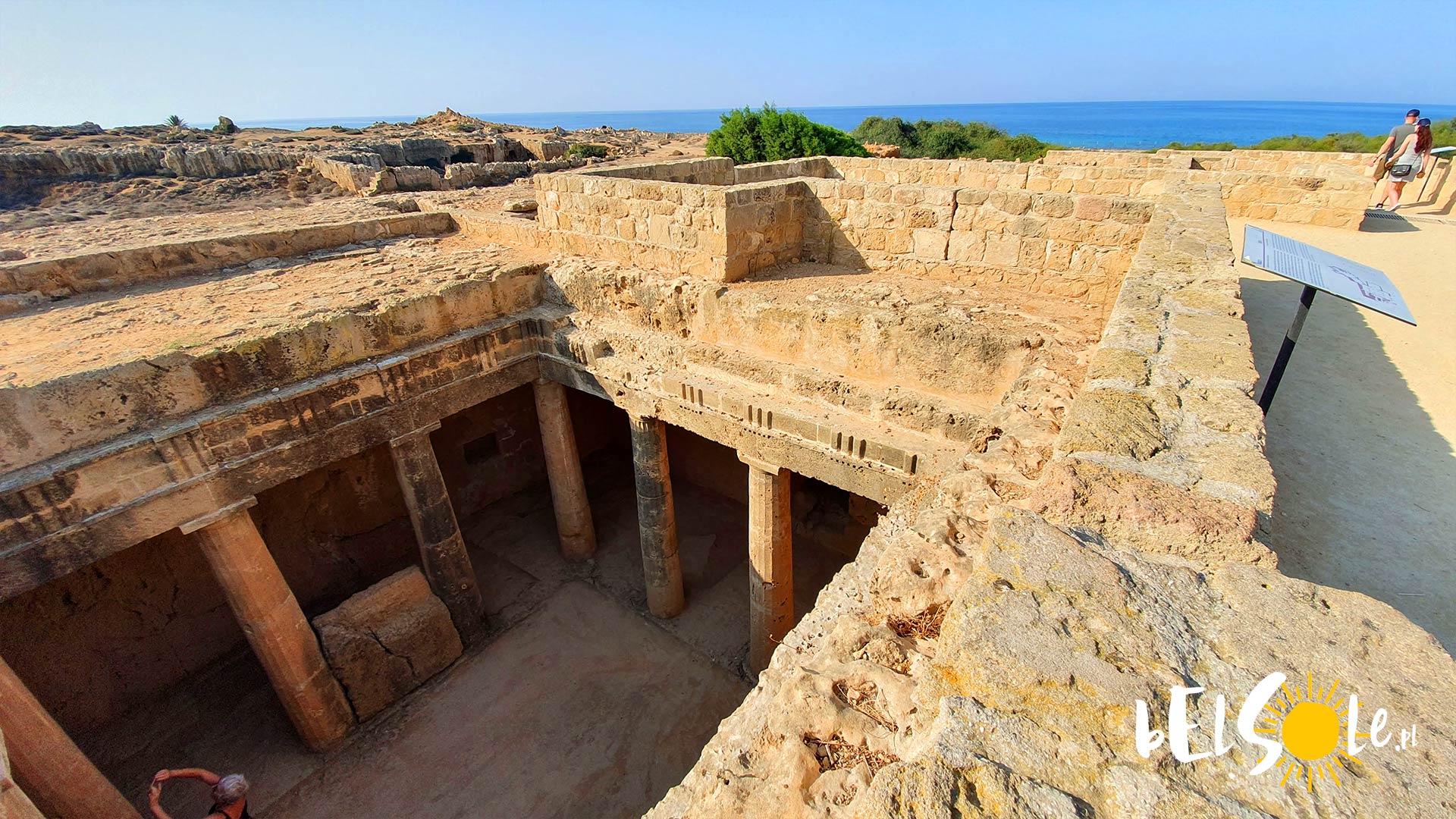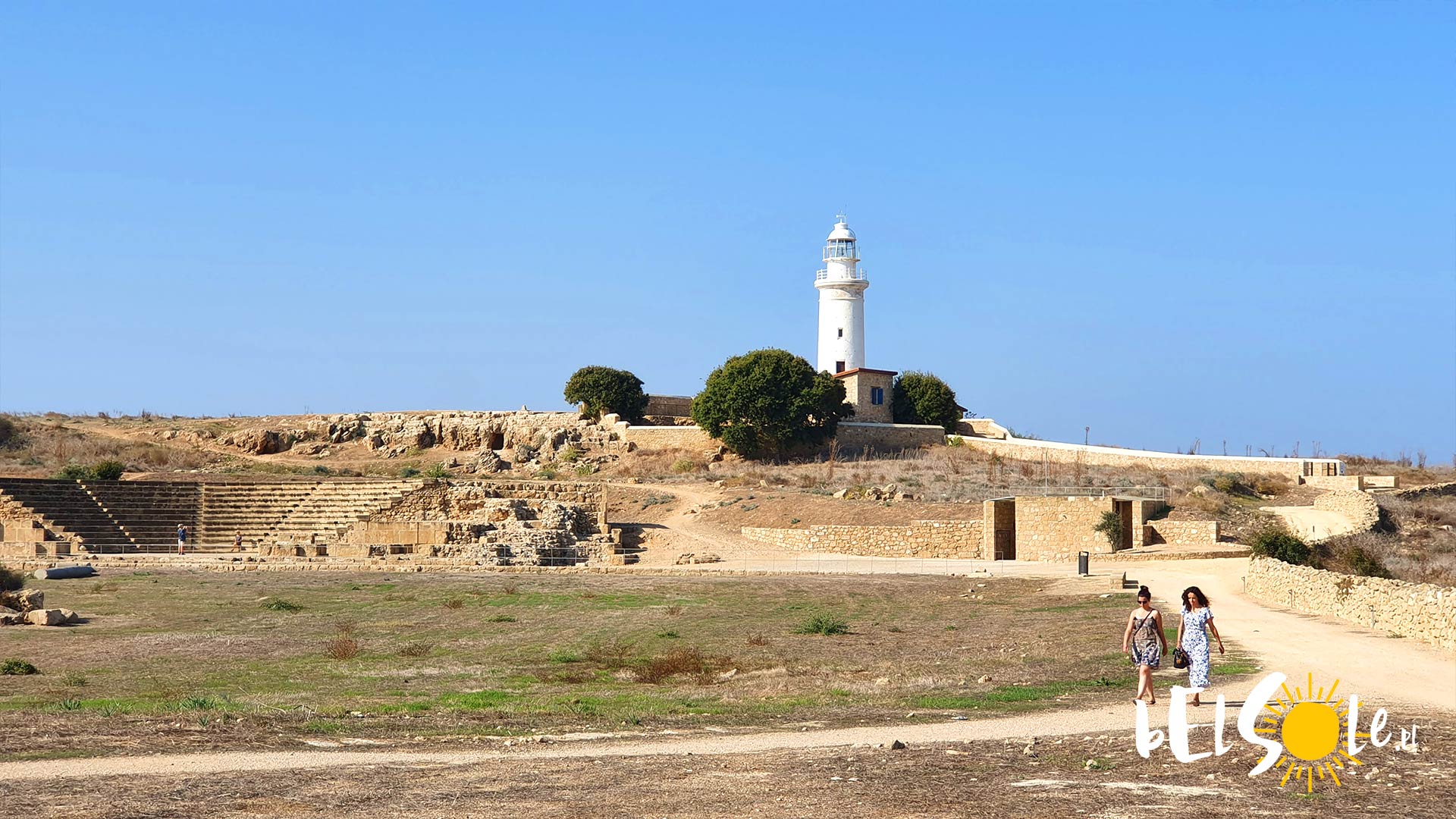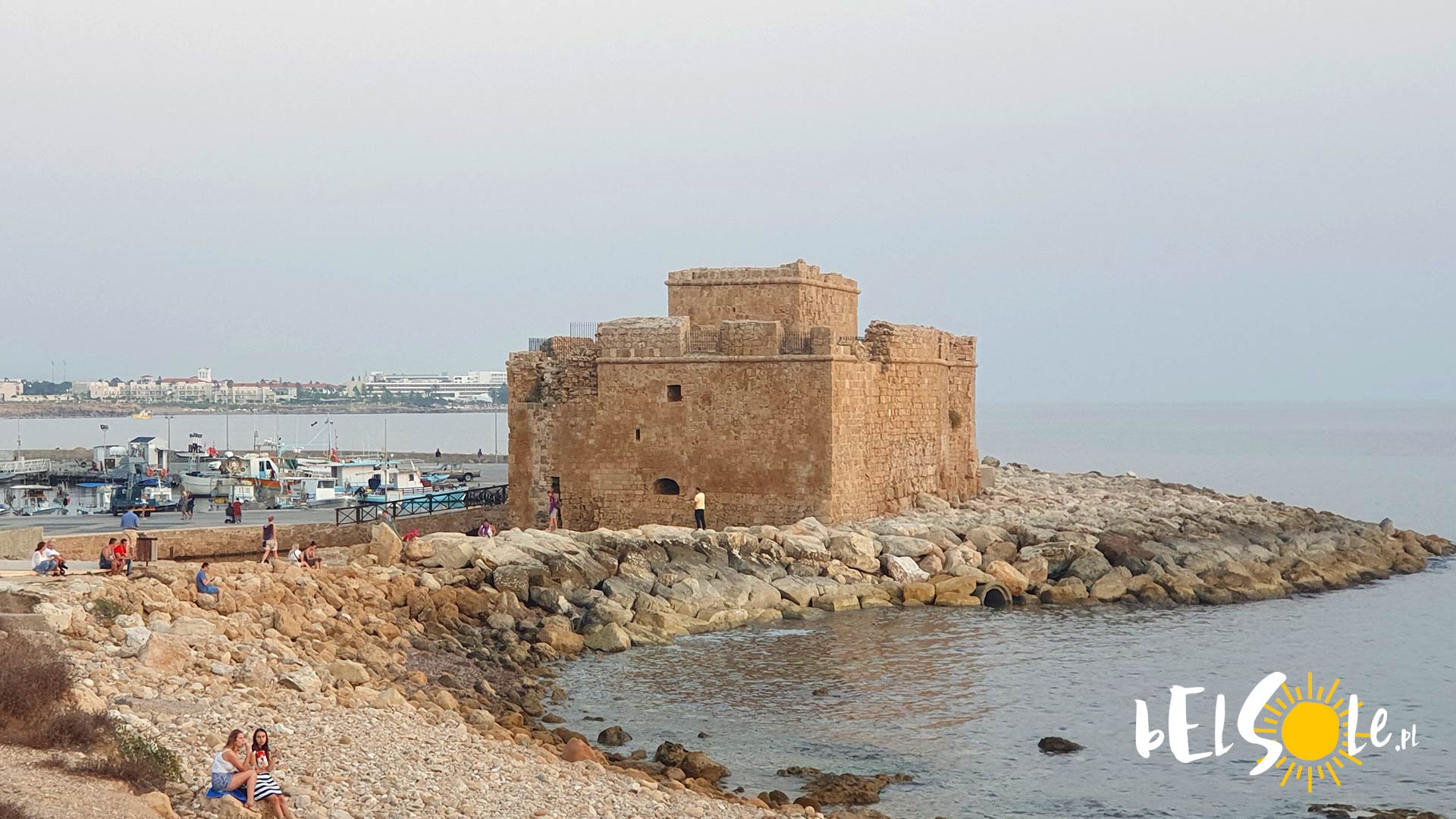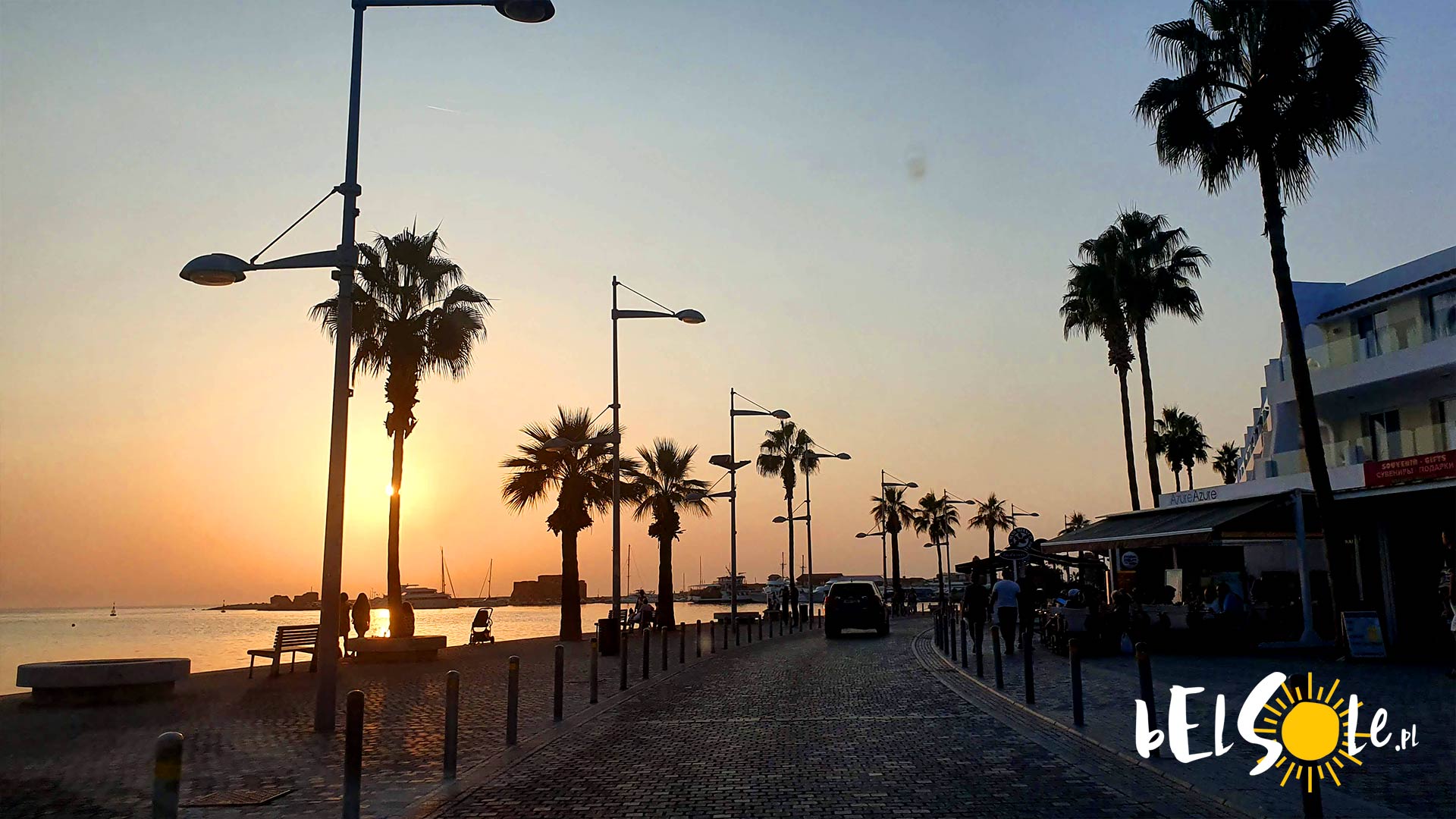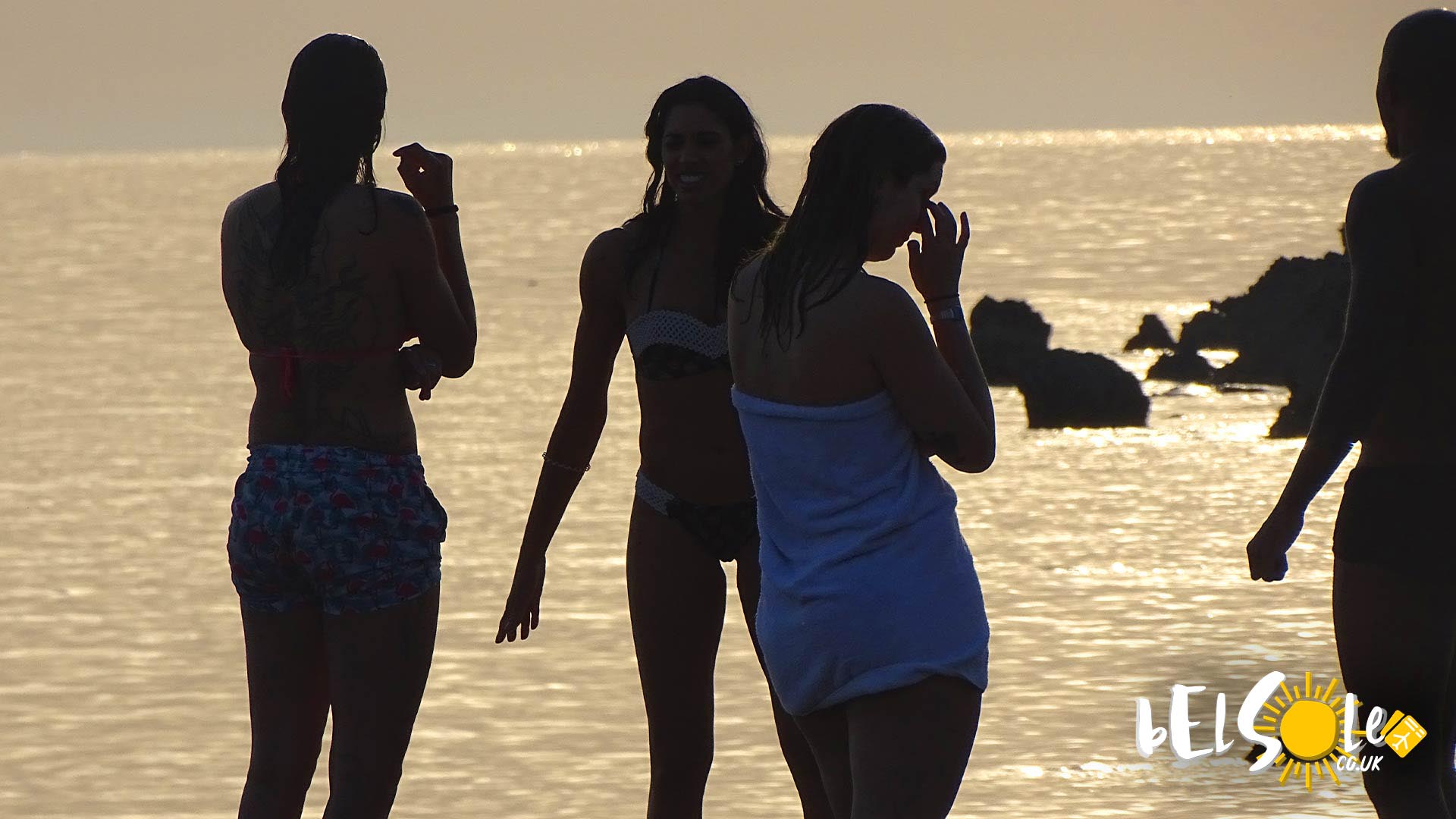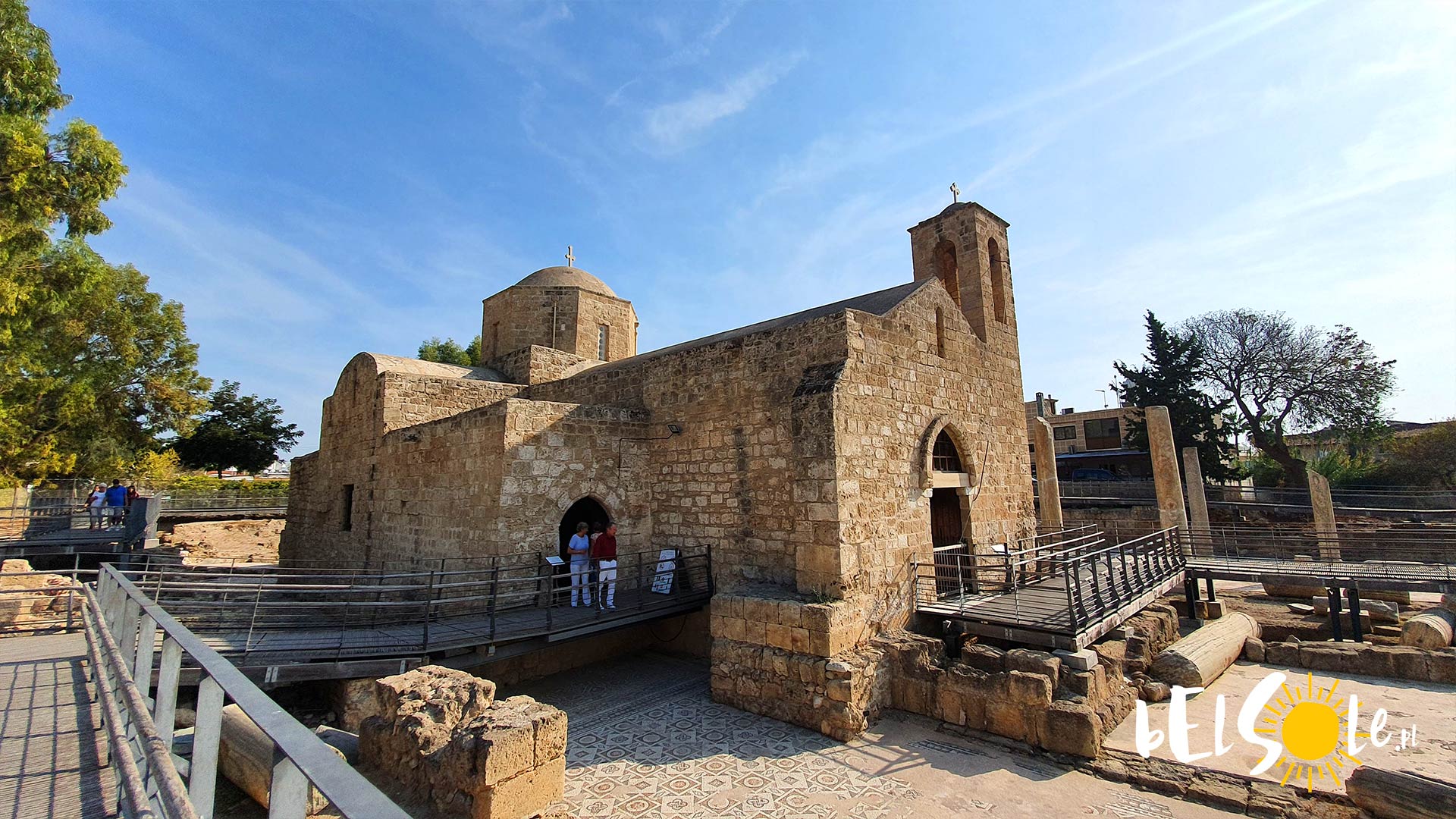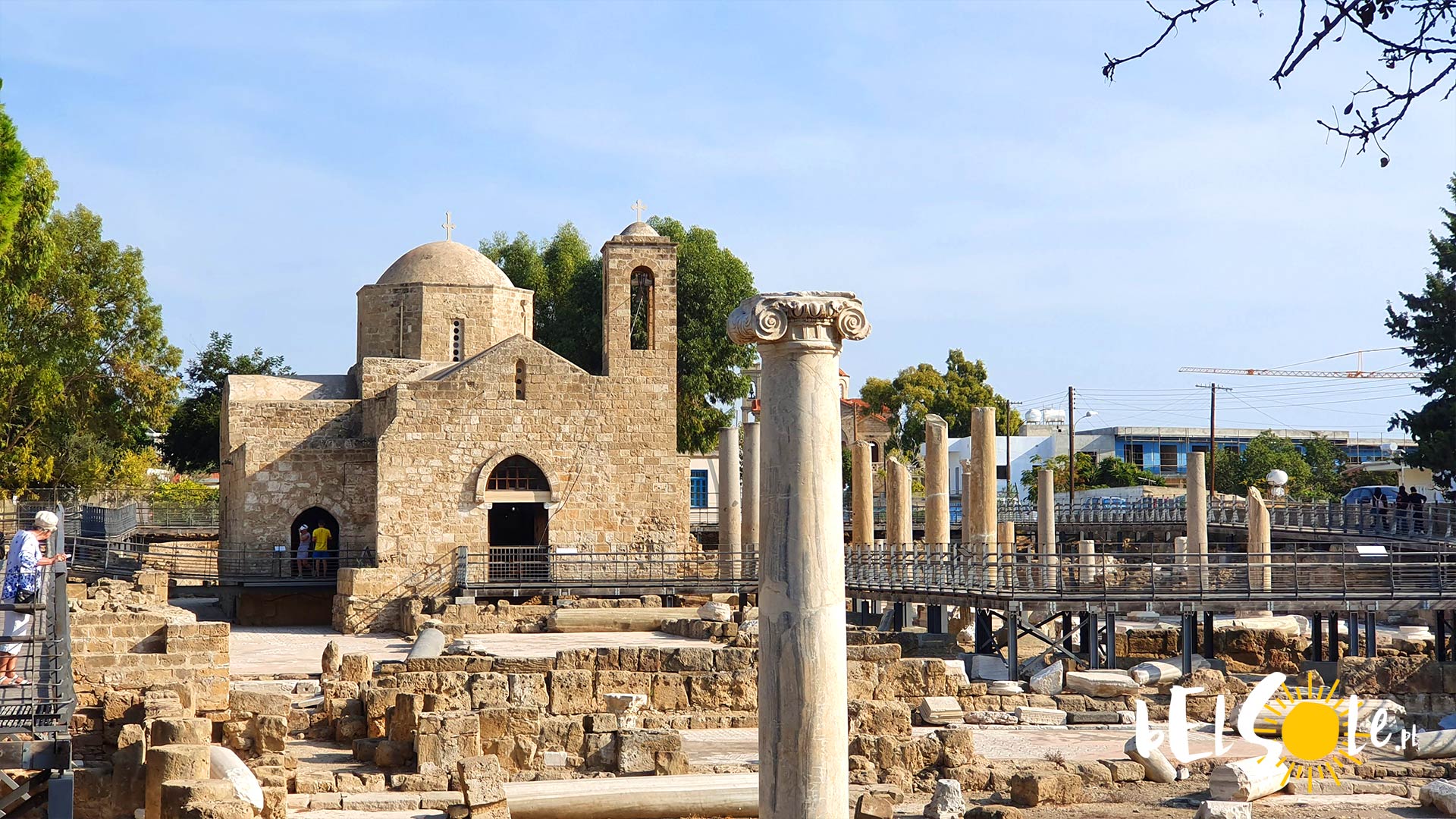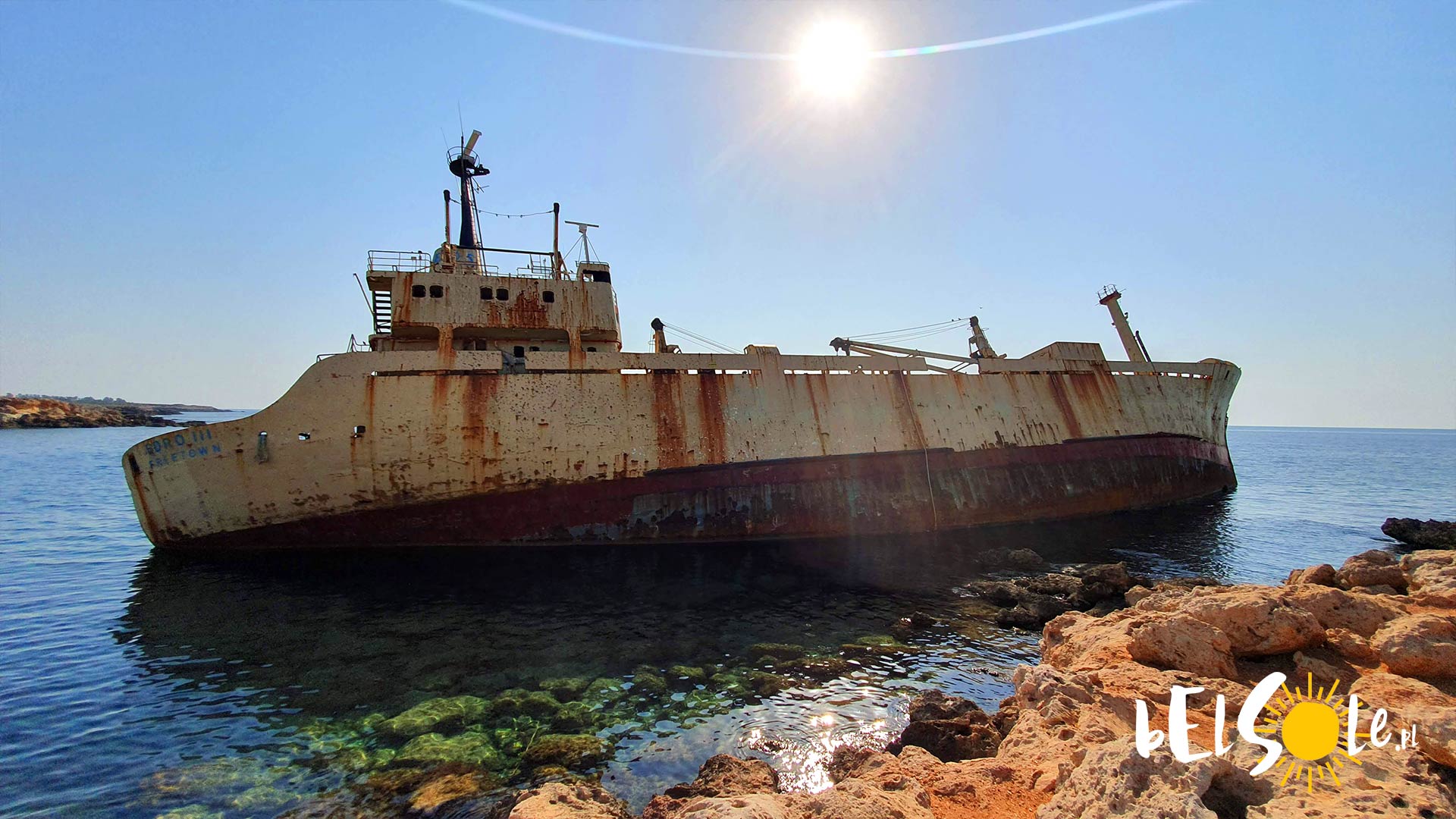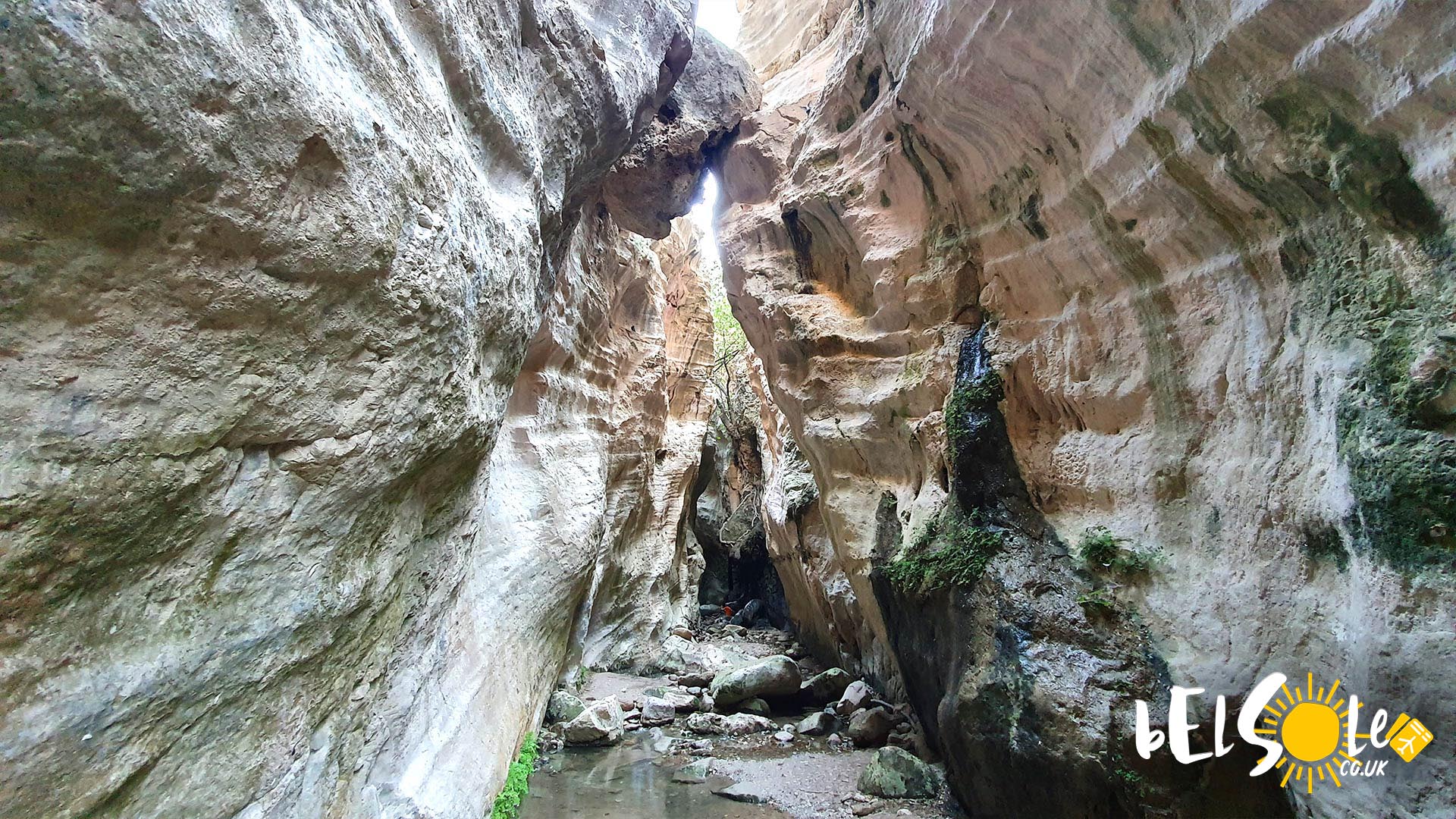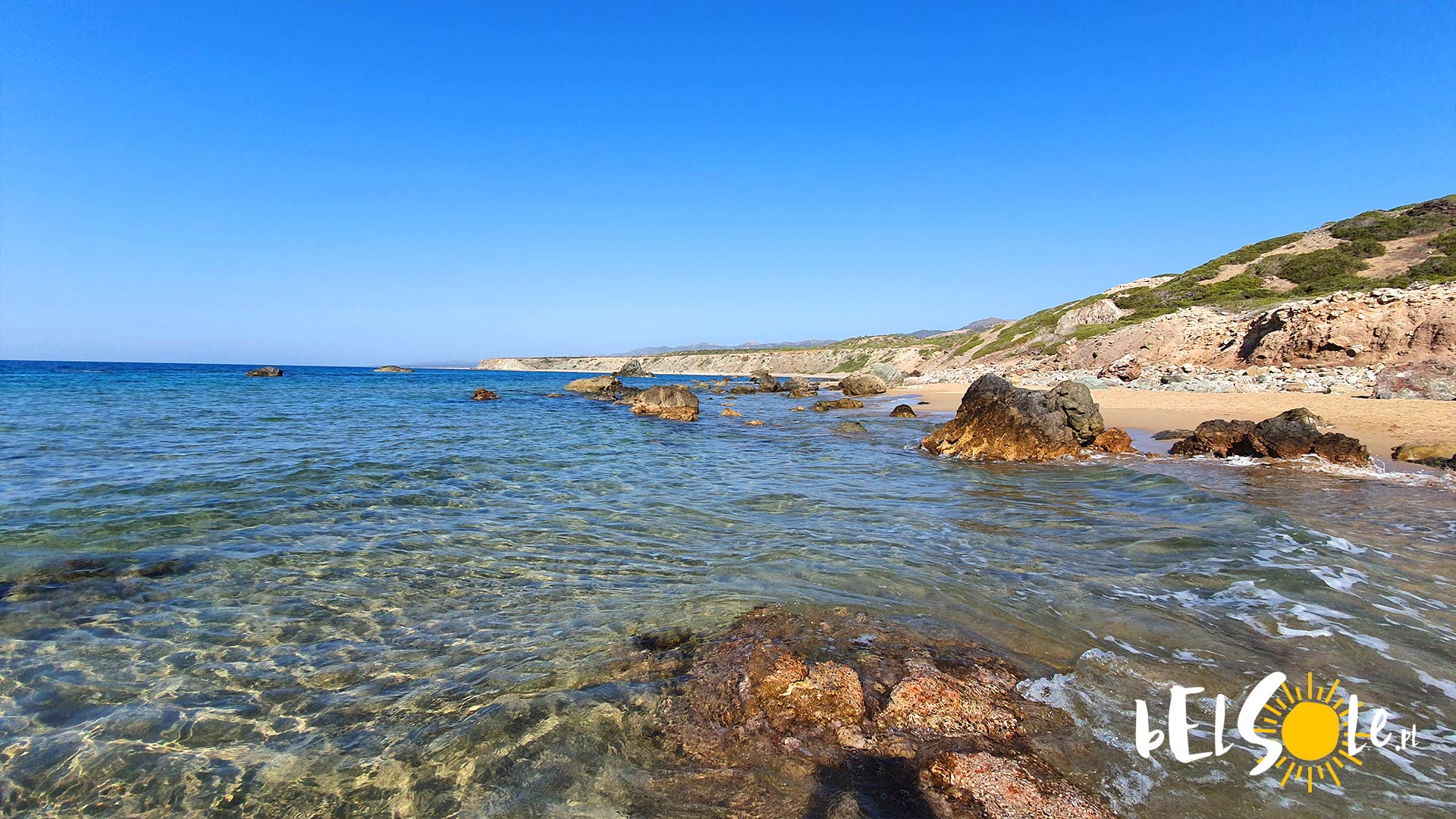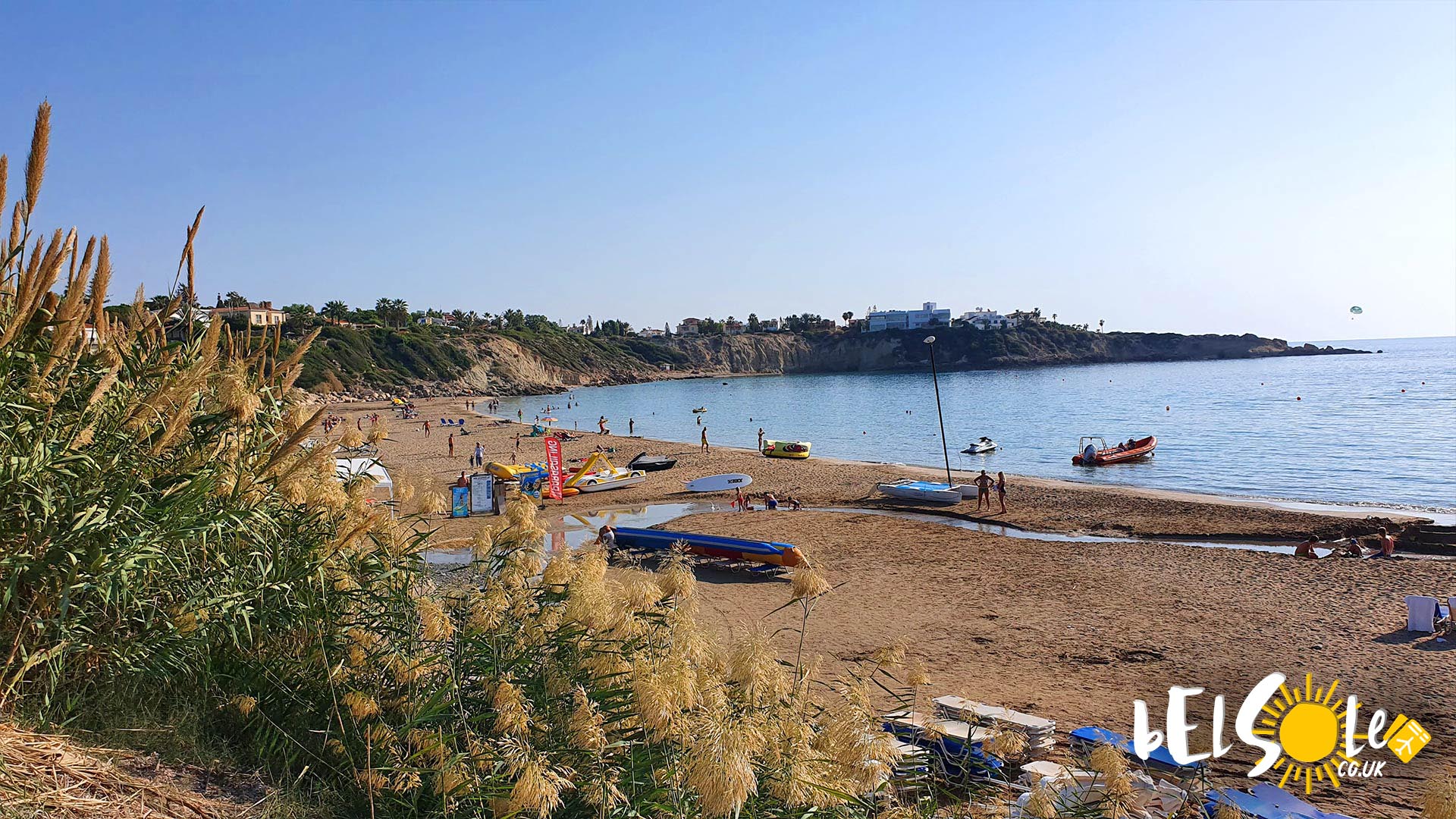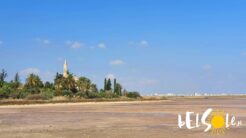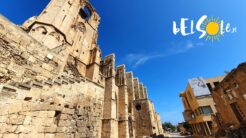Paphos is a city full of intriguing, often unusual, attractions. For those of you who are going to Paphos for a weekend, or perhaps for a little longer, here’s our little list, as Paphos is certainly full of possibilities. What to visit in the city? Which beach to choose?
Tombs of the Kings
The Ancient Tombs of the Kings have found themselves a spot on the UNESCO’s World Heritage list. It’s a monument situated roughly 2 km away from Paphos itself, one certainly worth visiting. It’s basically a complex of underground tombs from, supposedly, the 4th century BC. It mostly served the upper class, like aristocrats and officials, but not actually the kings, contrary to what the title may suggest – a small detail, that one, but that surely does not make the Tombs not worthy of a recommendation. The place was only properly discovered in the second half of the 20th century. Alas, over the centuries, a lot of the more valuable contents of the Tombs have been stolen.
The Archaeological Park in Paphos (Roman Odeon)
This gigantic Archaeological park is a series of Roman and Greek ruins, kept in a fairly decent condition at that. The Paphos’ Archeological Park, which the aforementioned Tombs of the Kings are a part of, is also listed on the UNESCO’s World Heritage Site. Here, we can see the incredibly well kept mosaics in the House of Aion and Theseus . One of the biggest monuments is the mosaic presenting Orpheus. Additionally, we can spot the ruins of an old theatre, once able to hold up to 1200 guests. The entry cost is 4.5€.
Paphos Castle
The Paphos Castle is not really comparable to the likes known to most Europeans, so for that alone, it’s worth taking a look at it. Near the entrance to the port, a Byzantine fortress was built to protect the entrance to the bay. It was later rebuilt (in the 18th century), after the 1222 Cyprus earthquake. In 1570, the building was destroyed by the Venetians, only to be later reutilised by the Ottoman Empire, to be used as a prison and a salt stockhouse. It officially became a protected monument in 1935. Today, the castle’s one of the biggest tourist attractions – available for viewing for a symbolic fee.
Paphos Boulevard, the Poseidonos Avenue
Certainly the most important alley of the entire city, by which countless hotels, restaurants and bars are all situated. In the evenings, the place turns into a nightlife centre for Paphos, while during the day, we can admire the serenity of the seaside, while strolling down the boulevard.
Beach in the very centre of Paphos
A beach in such a location is undoubtedly an attraction you can’t skip. It’s a mixture of both sandy and stony beach elements, so it should please all in need of a fantastic place for a bit of sunbathing. We have included this Paphos beach on our best Cyprus beach compilation.
Agia Kyriaki Chrysopolitissa
Now, something for the soul. The Church of Agia Kyriaki, according to some, is the place where St. Paul was flagellated. Near the temple itself, there’s a stone which serves as a memento of that event. The church was built around 1500, it was used by many belief systems and, consequently, it had to be rebuilt a few times. Inside, you can find a painting displaying the Black Madonna of Częstochowa, and during the weekends you can even find masses being held in Polish.
St Paul’s Pillar
This is the aforementioned memento, there to remind us of the time St Paul came here to spread Christianity. A place of vast religious (and touristic) importance.
MV Demetrios II shipwreck
The MV Demetrios II ship was a trade unit, built in 1964 in Germany, which on March 1998, sank down near the 1888’ lighthouse. While strolling along the seaside, the shipwreck can be freely observed. It quickly became one of the more characteristics parts of the Paphos’ landscape.
Edro III shipwreck
Another characteristic feature of the Paphos’ landscape is the Edro III’s wreck, which was heading towards Rodos in 2011, and due to a storm, was thrown into the rock-filled coast. It’s one of the most often photographed places in Paphos, as it is very situated very close to the coast.
Agios Neophytos Monastery
The Agios Neophytos Monastery is an orthodox, male-only monastery, built in the current form around 1500, located roughly 15 km to the west of Paphos. According to a local legend, the monastery was built in the place where St. Neophytos lived. Supposedly, he was the one who decorated the walls of the cave with frescoes in 1170, which were later finished by the monk Theodore in 1183. Inside of the monastery, we can find St. Neophytos’ cell and a temple, next to which is a museum dedicated to St Neophytos and Orthodox religious art.
Avakas Gorge
The Avakas Canyon is located 16 km to the west of the city of Paphos. It’s a perfect place for those, who want to get more active. The walls of the canyon reach as high as 30 meters and the canyon itself is 3 km long. The route through the canyon is taken up by tourists and amateur sportspeople, but the narrow passages make the walk not as easy and brief as it may seem at first. The attraction is free.
Lara Beach
Getting to the Lara Beach is a fairly tough task, but the views we can see once we get there, make it all worth it. Although the beach is located roughly 27 km away from Paphos, it’s truly a place worth visiting. The sandy beach, apart from being a popular tourist destination, is also a breeding ground for turtles. However, if you’re on low profile tires and/or a low ground clearance car, this place – you may want to avoid. For those who still want more, a near hour long walk along the White River Beach is what we recommend.
Theoskepasti Church
Another temple on our list, an Orthodox one. The temple was supposedly built in a place, which (as a result of a miracle) was hidden by fog during the arabic invasion on Cyprus in the 11th century. The current temple was built in 1923, so it’s not necessarily a very old monument. According to certain sources, inside the Theoskepasti Church we can find an icon made by the Luke the Evangelist.
Coral Bay
The third beach which we highly recommend visiting is the Coral Bay, located roughly 6 km away from Paphos. Formally, Coral Bay refers to the entire coast, but for the tourists, it mostly symbolises the characteristic sandy beach. In contrast with the previous beaches we listed, this one’s very simple to get to and get sunbathing. Unfortunately, due to all the positive applications, the Coral Bay is constantly riddled with tourists.
Agios Neofytos Cat Park
The “Cat Sanctuary” is a place on Cyprus where almost 1000 cats have found their home. Naturally, it’s a place mostly for cat lovers, but even if you don’t find yourself in that category, it’s a truly exceptional location, without a doubt worth paying a visit to. The reserve takes good care of its inhabitants and makes sure that vets pay regular visits. Almost 800 stray cats have found their home since the establishment of the sanctuary! While visiting, maybe it’s worth leaving a few € to support the cause?



